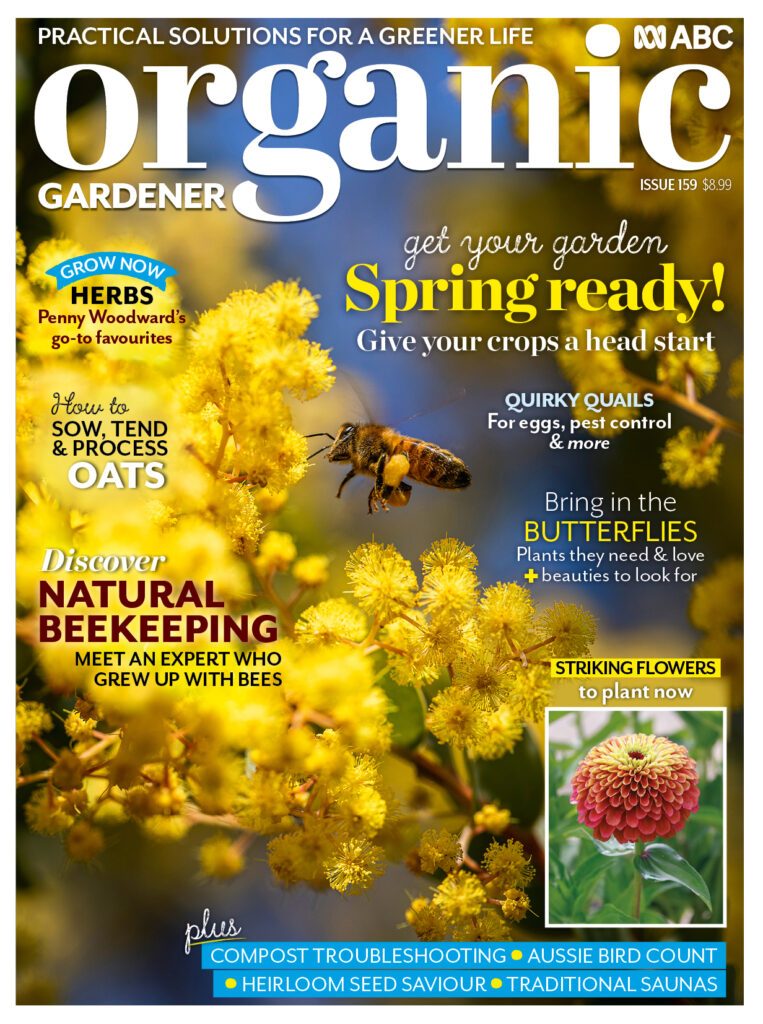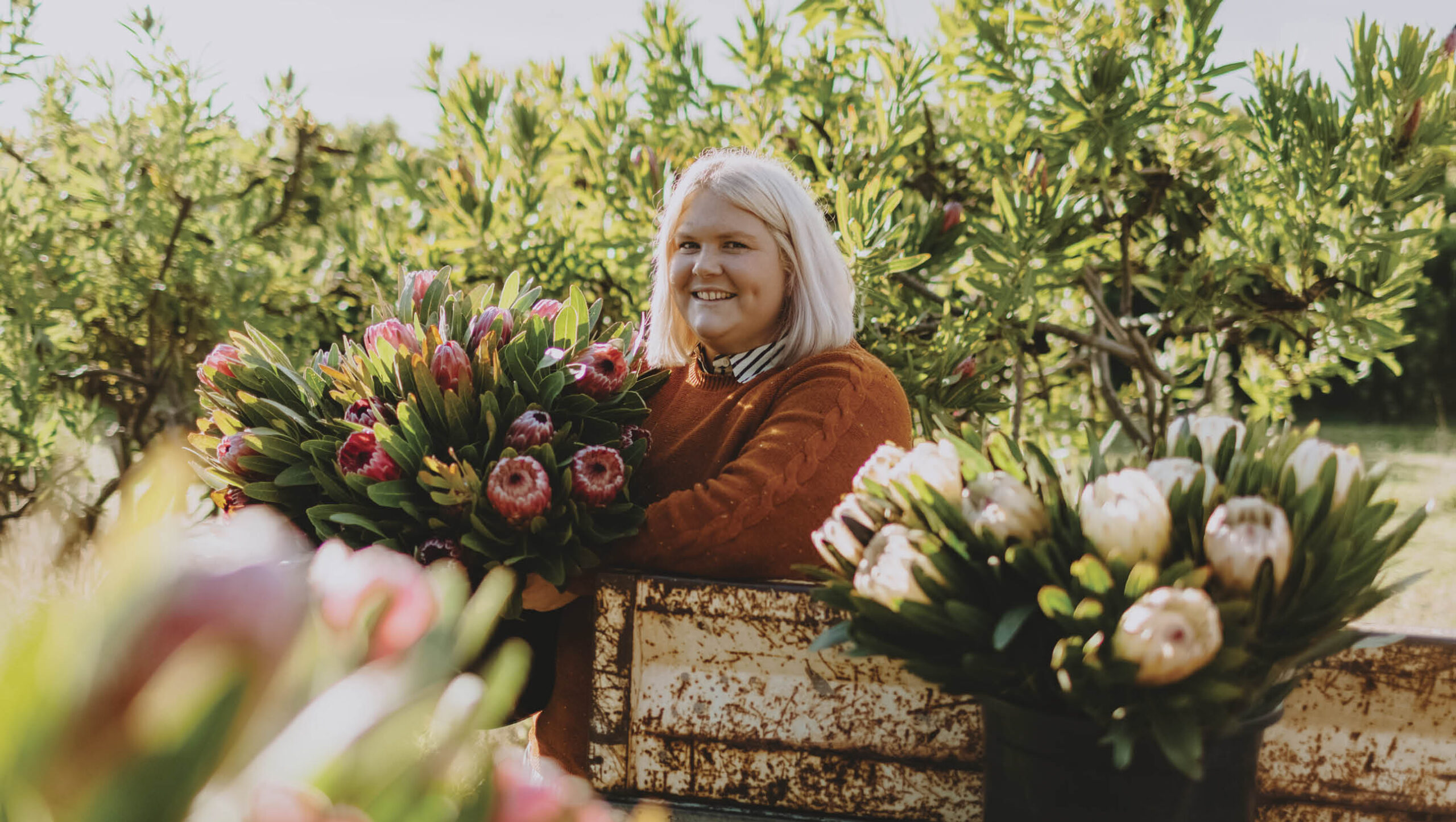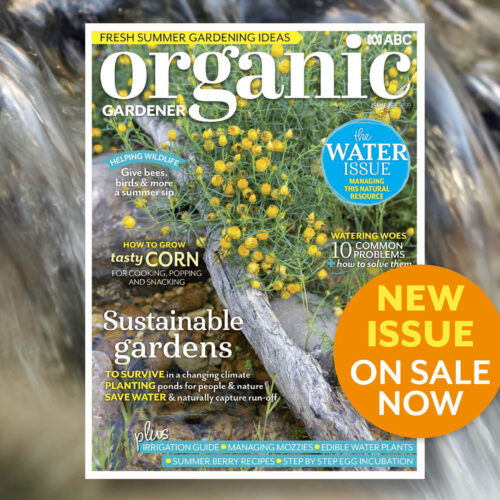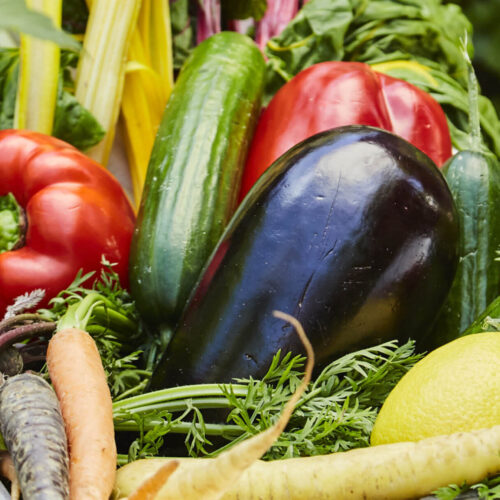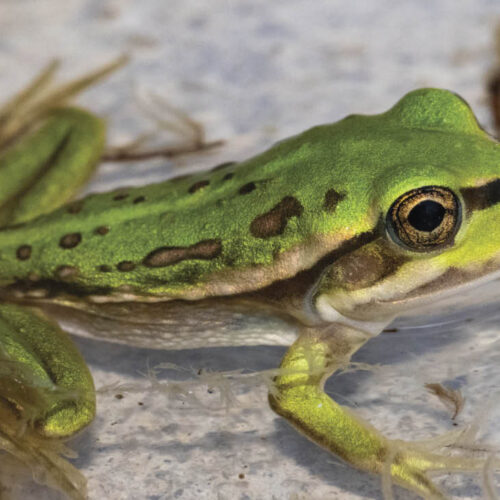The good blooms
2025-08-20T17:38:01+10:00
Flowers are beautiful, natural, a show of love, affection, celebration or commemoration. But there's a need to support local growers and improve sustainability.
If you walk into a conventional florist or go online expecting roses out of season – chances are they will be there. That means those roses have probably been flown from the other side of the world. And due to their perishable nature, this means in refrigerated transport, adding to their carbon footprint.
There are lots of other reasons to look at the cut flower industry, including chemical use, plastic packaging and waste. Slowly, though, the industry has been changing, and small-scale and sustainable growers have been popping up around the country to fill a growing desire for flowers that are locally grown, chemical-free and in-season.
Nikki Davey, one of the co-founders of Grown Not Flown, is among the change makers. Her organisation gives growers and producers a way to showcase their business and what they grow, as well as connect with local florists and retailers.
They now have 2000 growers and 7000 users in 37 countries as part of a global directory.
“By connecting with local growers it changes the way the florists operate – reducing their dependency on imported flowers or flowers that have travelled a long way,” Davey says. “It also means their view of what to have in stock has changed from anything any time of year, to what you’d call ‘seasonal vibes’, concentrating on what’s being grown in-season.
Growing industry
Davey says Grown Not Flown is part of an underground flow of education that is making the flower industry more sustainable. In June this year, they held an industry conference in Glenmore, Victoria, which had international speakers (via pre-recorded video interviews) and was well attended.
She says around 70 per cent of the industry are micro- to medium-sized growers and then there are a few very large companies that dominate the global industry.
“Sustainable and local flower growing is definitely on an upward trajectory as consumers become more eco-conscious and start treating buying flowers as they do their food, looking for chemical-free and local as much as possible,” Davey says.
“The same way we have fast food and fast fashion, we also have fast flowers, and so it’s important to know not all flowers are grown equal, and before you stop and smell the flowers, ask where and how these flowers were grown.
“We want to celebrate the provenance of flowers the same way we do with food, and that means supporting our local farmers and buying seasonal, locally grown flowers where possible.”
A new network
Another player in the industry transformation is the Sustainable Floristry Network (SFN), which operates as an independent education and membership organisation for florists. Its website has a wealth of information about the problems and solutions for the industry, with online courses and fact sheets.
The SFN says the cut flower world is starting to improve its systems but the health of agricultural workers exposed to pesticides is still problematic, as is fair working conditions. Flowers are often grown in poorer countries as monocultures with heavy chemical use, which workers may be exposed to
Homegrown solutions
Apart from transforming the wider industry, there are simple solutions. The obvious is grow your own flowers organically in your backyard or on a balcony. Alternatively, go to farmers’ markets and seek out local growers who you can talk to about their production methods.
Some of our favourites
For more growing ideas and tips get a copy of our Early Spring issue (OG 159), available at selected newsagents and supermarkets. You can also subscribe and get a copy delivered to your door!
